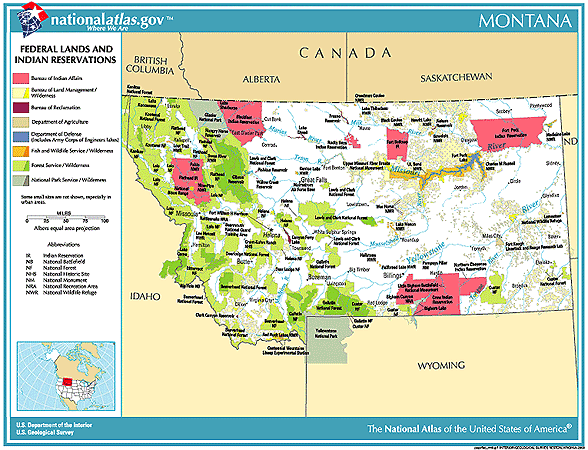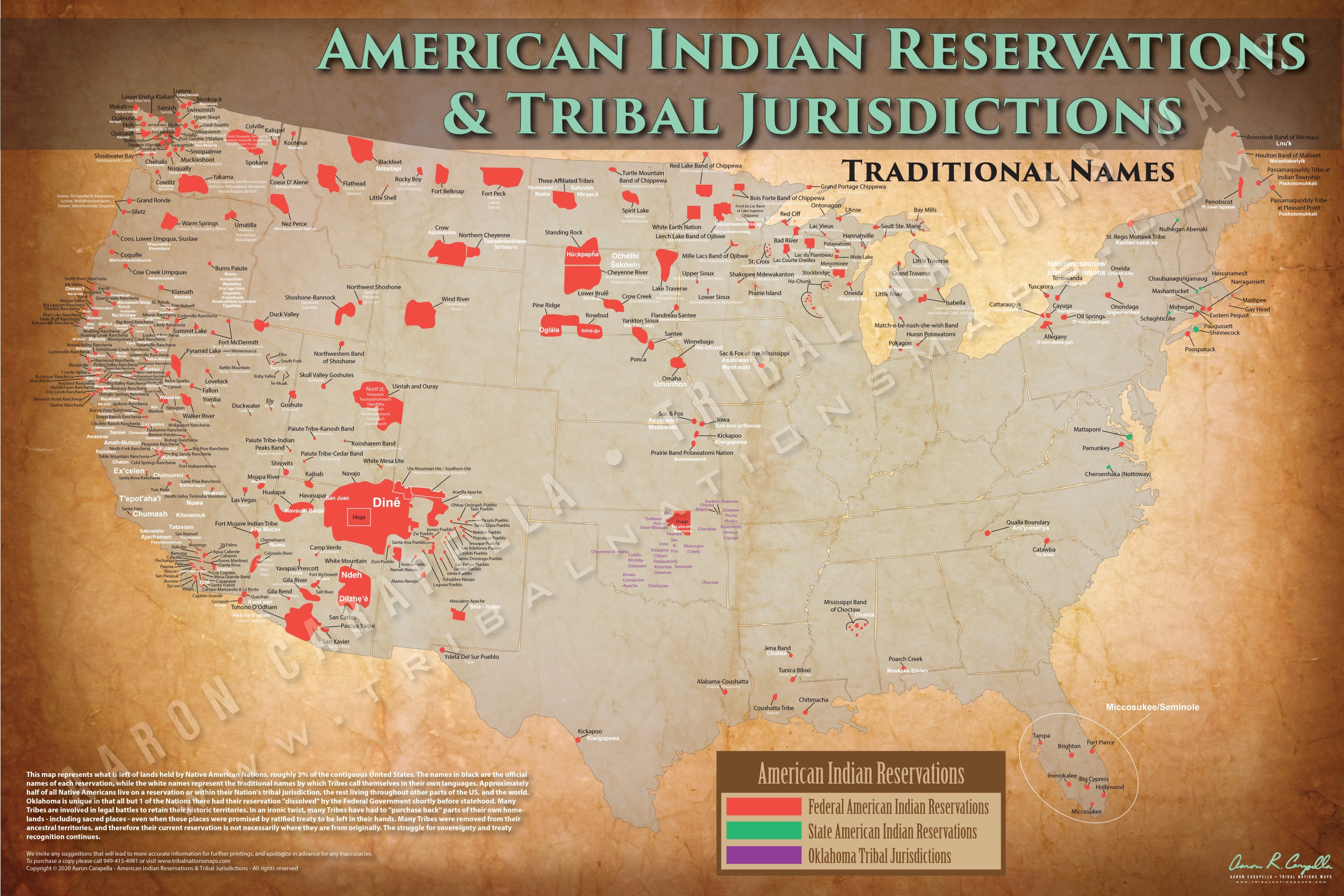Montana’s Native Tapestry: A Guide to the Reservations Map
Montana’s Native Tapestry: A Guide to the Reservations Map
Montana’s rugged beauty is a sight to behold, but it’s also a place steeped in history and culture. And woven into the fabric of the state are the vibrant traditions of its Indigenous peoples. If you’re planning a trip to Montana, or just want to learn more about the rich tapestry of its history, understanding the state’s reservations is a great place to start.
A Land of Many Tribes
Related Articles: Montana’s Native Tapestry: A Guide to the Reservations Map
- The Ballad Of Wounded Knee: A Song That Still Echoes
- Unpacking The Map: A Guide To Understanding Indian Reservations In 2024
- Unearth the Secrets of Blackfoot Legacy in Virginia
- Discover the Enchanting Tapestry of Native American Tribes in Montana
- Discover the Vibrant Tapestry of Indian Tribes in Texas
Montana is home to seven federally recognized tribes: the Blackfeet Nation, the Crow Tribe, the Fort Belknap Indian Community, the Fort Peck Assiniboine and Sioux Tribes, the Flathead Nation, the Northern Cheyenne Tribe, and the Rocky Boy’s Indian Reservation. Each tribe has its own unique language, traditions, and history, and their lands are spread across the state, encompassing a wide variety of landscapes from rolling plains to towering mountains.
The Reservations Map: Your Guide to Discovery
The Montana Reservations Map is more than just a geographical tool – it’s a window into a world of cultural richness and resilience. It allows you to visually understand the land that has been home to these tribes for generations.
Why Should You Care?
Beyond the historical significance, understanding the reservations map can enhance your Montana experience in several ways:
- Respectful Travel: By knowing where reservations are located, you can be more mindful of cultural sensitivities and ensure you’re traveling responsibly.
- Cultural Immersion: Visiting a reservation offers a chance to experience firsthand the traditions, art, and stories of the tribes.
- Supporting Local Economies: Many reservations have thriving economies based on tourism, arts and crafts, and cultural events. Supporting these businesses helps contribute to the well-being of the communities.
- Gaining a Deeper Understanding: The reservations map is a reminder of the complex history of Indigenous peoples in Montana, including their struggles and triumphs.

Navigating the Map: A User’s Guide
The Montana Reservations Map is readily available online and in print form. Here’s a breakdown of what you can expect:

- Reservation Boundaries: The map clearly outlines the boundaries of each reservation, giving you a visual understanding of their geographical extent.
- Tribal Capitals: Each reservation has a designated capital, often the location of tribal government offices and cultural centers.
- Major Cities and Towns: The map often includes major cities and towns within and surrounding the reservations, making it easier to plan your travel.
- Points of Interest: Some maps may highlight specific points of interest within the reservations, such as historical sites, museums, or cultural attractions.

Exploring the Reservations: A Journey Through Time
Each reservation offers unique experiences that are sure to leave a lasting impression. Here’s a glimpse into the diverse offerings:
- Blackfeet Nation: Nestled in the heart of Glacier National Park, the Blackfeet Nation boasts breathtaking scenery and a rich history. Visit the Museum of the Plains Indian in Browning, explore the historic Two Medicine area, or participate in a traditional powwow.
- Crow Tribe: The Crow Tribe’s reservation sprawls across southeastern Montana, known for its vast grasslands and the Little Bighorn Battlefield National Monument. Attend a Crow Fair, visit the Crow Agency, or immerse yourself in the tribe’s rich oral traditions.
- Fort Belknap Indian Community: Located in north-central Montana, the Fort Belknap Indian Community offers a glimpse into the lives of the Assiniboine and Gros Ventre tribes. Explore the Fort Belknap Agency, visit the Fort Belknap Museum, or participate in the annual Indian Days celebration.
- Fort Peck Assiniboine and Sioux Tribes: The Fort Peck Reservation is home to the Assiniboine and Sioux tribes, renowned for their artistic heritage. Visit the Fort Peck Cultural Center, explore the Fort Peck Lake, or attend the annual Fort Peck Powwow.
- Flathead Nation: The Flathead Nation’s reservation is nestled in the foothills of the Mission Mountains, offering stunning views and cultural experiences. Visit the Salish Kootenai College, explore the Mission Valley, or attend the annual Powwow at the Confederated Salish and Kootenai Tribes’ reservation.
- Northern Cheyenne Tribe: The Northern Cheyenne Tribe’s reservation is located in southeastern Montana, known for its rugged landscape and rich history. Visit the Cheyenne River, explore the historic Lame Deer, or attend the annual Cheyenne River Powwow.
- Rocky Boy’s Indian Reservation: Located in north-central Montana, the Rocky Boy’s Indian Reservation is home to the Chippewa Cree Tribe. Visit the Rocky Boy’s Agency, explore the Rocky Boy’s River, or attend the annual Rocky Boy’s Powwow.
Beyond the Map: Respect and Understanding
While the Montana Reservations Map is a valuable tool for understanding the state’s Indigenous communities, it’s important to remember that it’s just a starting point. To truly appreciate the richness of these cultures, it’s crucial to approach them with respect, understanding, and a willingness to learn.
A Few Tips for Respectful Travel:
- Always ask for permission: Before visiting a reservation, it’s always a good idea to contact the tribal government or a local cultural center to inquire about the appropriate protocols for visiting.
- Be mindful of your language: Avoid using stereotypes or offensive terms when referring to Indigenous peoples.
- Respect sacred sites: Many reservations have sacred sites that are considered off-limits to visitors. Be mindful of these areas and avoid trespassing.
- Support local businesses: When you’re on a reservation, consider supporting local businesses, artisans, and cultural centers.
- Be a responsible traveler: Always follow the rules and regulations of the reservation and leave no trace of your visit.
The Importance of Preservation
The Montana Reservations Map is a powerful reminder of the resilience of Indigenous cultures and the importance of preserving their traditions. By understanding the map and the stories it tells, we can contribute to the ongoing efforts to protect and celebrate the rich heritage of Montana’s Indigenous peoples.
FAQ
Q: What are the best ways to learn more about Montana’s reservations?
A: The best ways to learn more about Montana’s reservations are:
- Visiting tribal websites: Each tribe has its own website where you can find information about their history, culture, and current events.
- Reading books and articles: There are many excellent books and articles written about Montana’s Indigenous peoples.
- Attending cultural events: Many reservations host powwows, festivals, and other cultural events that are open to the public.
- Visiting museums and cultural centers: There are several museums and cultural centers dedicated to preserving and showcasing the history and culture of Montana’s Indigenous peoples.
Q: Is it appropriate to visit a reservation without prior permission?
A: It’s always best to contact the tribal government or a local cultural center before visiting a reservation. They can provide you with information about the appropriate protocols for visiting and ensure that you’re respecting their customs and traditions.
Q: What are some ways to support Montana’s Indigenous communities?
A: There are many ways to support Montana’s Indigenous communities, including:
- Shopping at Native-owned businesses: Support local artisans and businesses by purchasing their products.
- Donating to tribal organizations: Many tribal organizations are working to preserve their culture and improve the lives of their communities.
- Advocating for Indigenous rights: Support organizations that are fighting for the rights of Indigenous peoples.
Q: How can I learn more about the history of Montana’s Indigenous peoples?
A: You can learn more about the history of Montana’s Indigenous peoples by:
- Visiting historical sites: Many reservations have historical sites that offer a glimpse into the past.
- Reading books and articles: There are many excellent books and articles written about the history of Montana’s Indigenous peoples.
- Attending lectures and presentations: Many universities and cultural centers offer lectures and presentations on the history of Montana’s Indigenous peoples.
Q: What are some ways to be respectful when visiting a reservation?
A: To be respectful when visiting a reservation, it’s important to:
- Always ask for permission before taking photos or videos.
- Avoid using stereotypes or offensive language when referring to Indigenous peoples.
- Respect sacred sites and avoid trespassing.
- Support local businesses and cultural centers.
Q: How can I find a Montana Reservations Map?
A: You can find a Montana Reservations Map online by searching for "Montana Reservations Map" or "Montana Indian Reservations Map." You can also find maps in print form at many visitor centers, libraries, and bookstores.
By understanding the Montana Reservations Map and the stories it tells, you can gain a deeper appreciation for the rich history and culture of Montana’s Indigenous peoples. It’s a journey of discovery, respect, and understanding that will enrich your experience of this beautiful state.

Closure
Thus, we hope this article has provided valuable insights into Montana’s Native Tapestry: A Guide to the Reservations Map. We hope you find this article informative and beneficial. See you in our next article!


